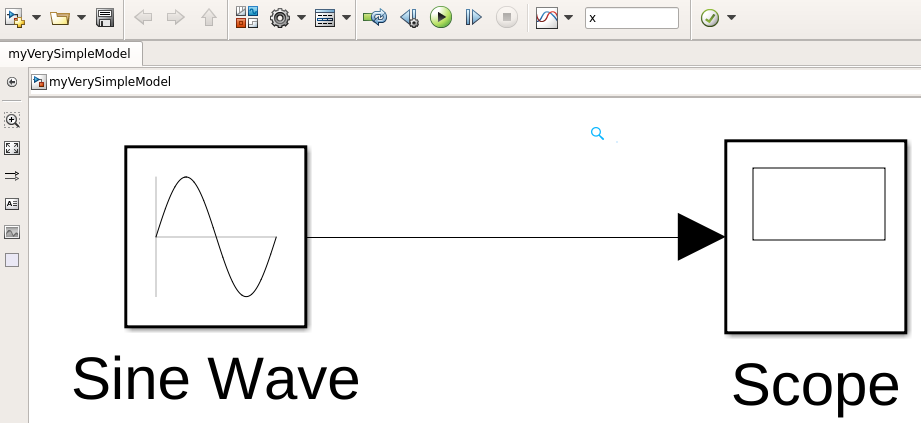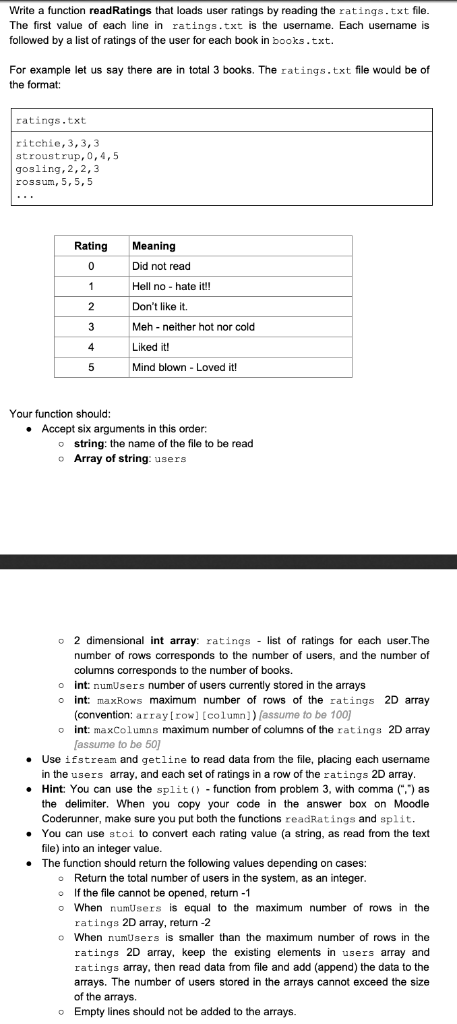

function is called with “file.txt” and “r” as arguments. But, it uses the function fopen() to open the file.txt file in reading mode i.e.
#Matlab open a file txt write code
The working mechanism of this source code is similar to the above source code. While (fgets(con,1000, fp)!=NULL)// reading file content Source Code for Opening and Reading a text fileįp =fopen("file.txt", "w") // opening of fileĬhar con // variable to read the contentįp =fopen("file.txt","r") // opening of file


This is a very useful skill, as it allows you to access data from the file.
#Matlab open a file txt write how to
This tutorial will show you how to open and read a text file in C. In this tutorial post, I have described the process of opening and reading a text file using file handling. In order to create a file on a computer memory device and to extract the information from the file, the concept of file handling in C plays a vital role. But the common console input/output programs are not capable of storing data on a computer hard disk. In most, practices used programs information needs to be stored in computer memory devices for future use and analysis. You should be able to understand the code for yourself, but if you need any help, you can always check out the video tutorials linked below. To make things interesting, we’ll also read and write the data in binary format. Next, we’ll create a function to read the file, print the contents of the file, and finally write the data back to the file. First, we’ll need a sample text file to analyze. In this tutorial, we’ll demonstrate how to read a text file line by line using a C program. For example, you may want to search for specific keywords, count the number of occurrences of each keyword, or calculate the average length of a word in the file. and numpy.When you read a text file in c, you usually need to process the file line by line. In general, prefer numpy.save and numpy.load. Convert from a pandas DataFrame to a NumPy array # Unless the array dtype includes Python objects, in which case pickling is Save/restore using a pickle file #Īvoid when possible pickles are not secureĪgainst erroneous or maliciously constructed data. Write files for reading by other (non-NumPy) tools #įormats for exchanging data with other tools include HDF5, Zarr, and Memory mapping lacks features like data chunking and compression moreįull-featured formats and libraries usable with NumPy include:įor tradeoffs among memmap, Zarr, and HDF5, see load ( "path/to/small_array", mmap_mode = "r" ) Under CC BY 4.0.) Write or read large arrays #Īrrays too large to fit in memory can be treated like ordinary in-memory (Adapted from Pauli Virtanen, Advanced NumPy, licensed wav example is for illustration to read a. fromfile ( f, dtype = wave_header_dtype, count = 1 )


 0 kommentar(er)
0 kommentar(er)
